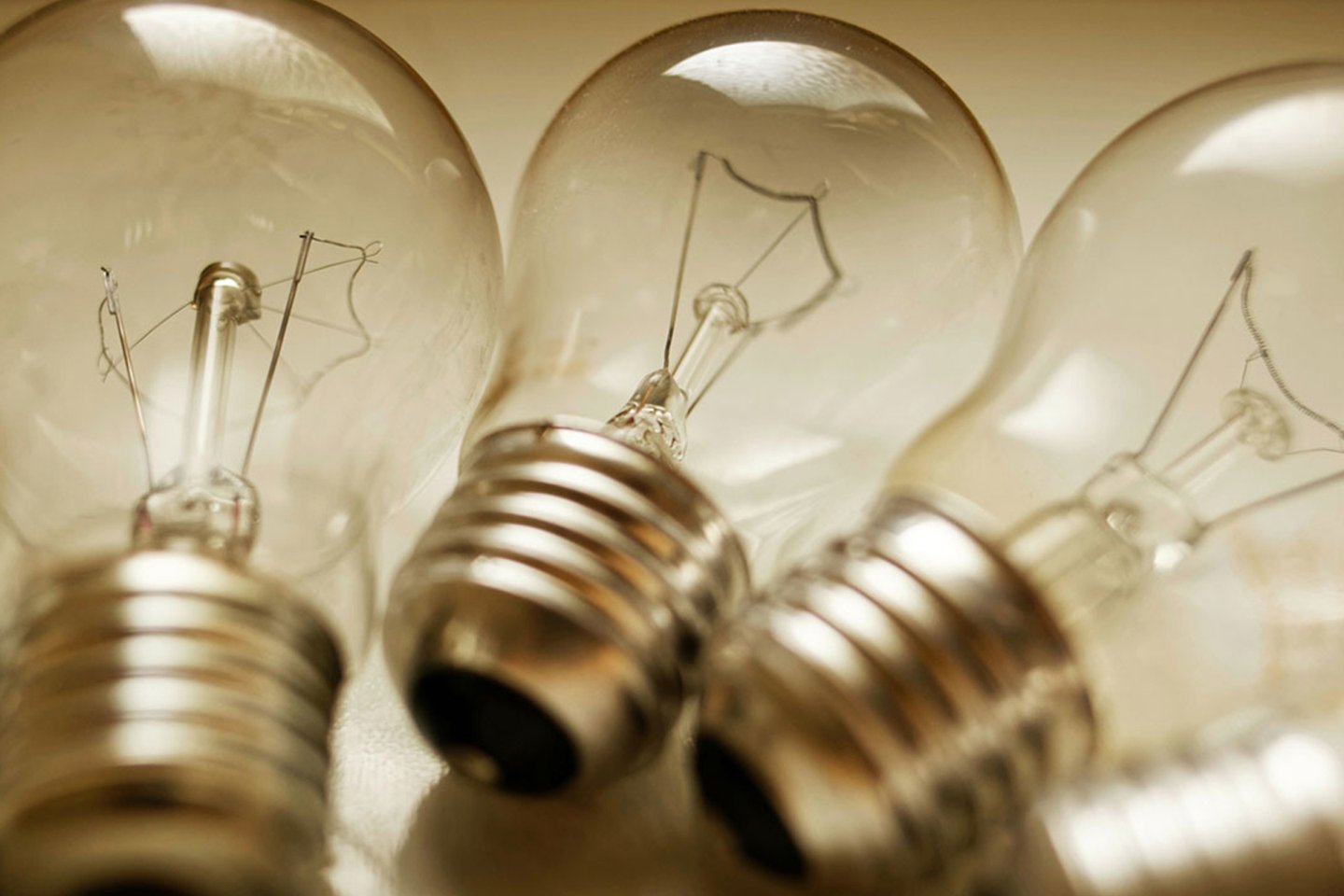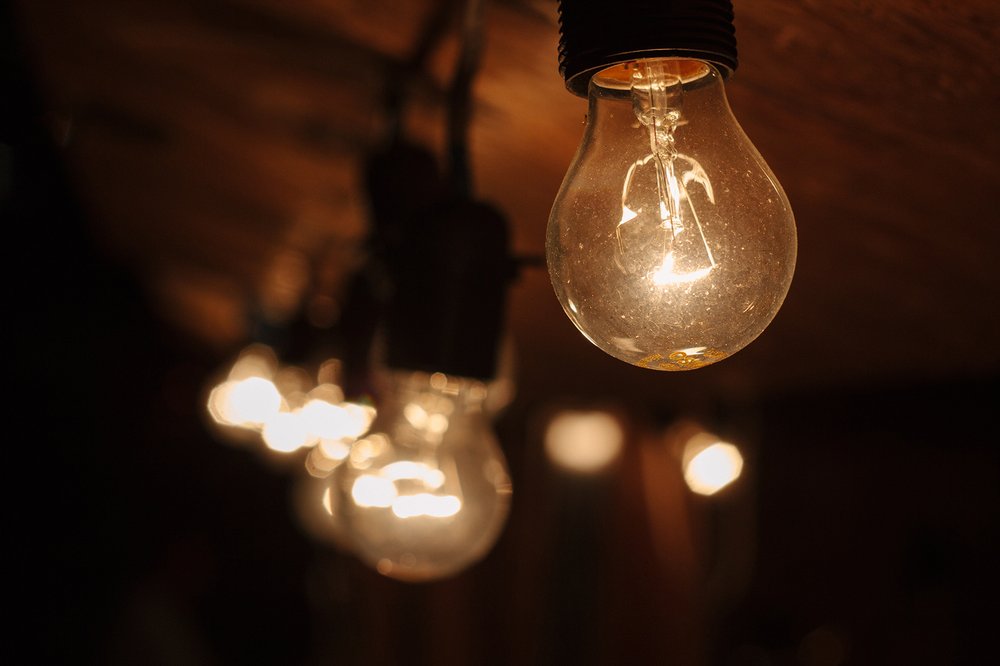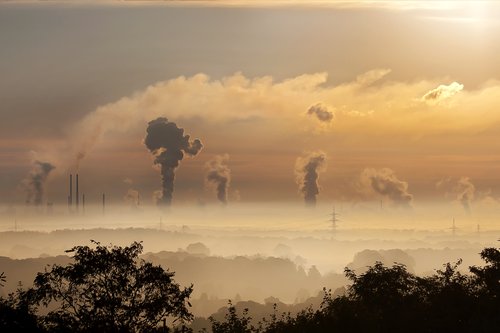
2 min read
Designer's Guide to Green Certifications
A Primer for Healthy Homes and Interiors. Who is gatekeeping wellness and sustainable design? WLLW looks at green certifications in brief.

2 min read
For over a century, the warm hues emanating from incandescent light bulbs were our main source of light, now they’re outlawed in the United States, paving the way for sustainable alternatives.
This week marked a significant moment – a light bulb moment if you will – on our journey towards a more sustainable world. The incandescent light bulb, known for emanating a gentle warm glow but due to its energy inefficiencies, faced an effective ban in the United States.
The incandescent light bulb, with its rich history spanning over a century, is mostly affiliated with Thomas Edison, who patented it in the 1880s. The bulb works by heating a tungsten filament to the point where it radiates a beautiful, warm light. However, the beauty of its glow is overshadowed by its inefficiency, as most of the energy is lost to heat in the process known as incandescence.
From August 1st, 2023, US household bulbs must now comply with new efficiency standards and the regulations make it hard to see any future for the incandescent variety (although there are exceptions: Christmas lights, certain chandelier bulbs and grow lights). While it may be sad news for those with a fondness for the soft glow of incandescence, it is a boon to the eco-conscious alternatives that have been waiting in the wings.
For instance, LED lights. Moving to energy-efficient light-emitting diode (LED) bulbs will yield a significant positive environmental impact. According to the US Department of Energy, this transition is projected to save consumers nearly $3 billion on their electricity bills. Significantly the change is anticipated to cut carbon emissions by 222 million metric tons over the next 30 years (the equivalent to the annual output generated by 28 million homes or 48 million vehicles).
"The change is anticipated to cut carbon emissions by 222 million metric tons over the next 30 years - the equivalent to the annual output generated by 28 million home or 48 million vehicles."
While LED lights are far and away a more sustainable option – and easier on the eyes than fluorescent light - they have for many years suffered from a reputation of providing cold, less 'cozy' light. Thankfully those notions are outdated. Aesthetically speaking, manufacturers have worked hard to recreate that warm glow.
Speaking to Architectural Digest, the lighting designer Nathan Orsman, who has designed for the likes of Tommy Hilfiger, Stephen Colbert, and Oprah Winfrey, said the future looked not only more environmentally friendly but also more creative thanks to the change in legislation. “Now that we’re moving away from the constraints we had with incandescent, I’m excited to see what will come next…the industry will get more dynamic because of this change,” he told the publication.
While moving on from the incandescent era will surely prompt some to grieve and might even evoke a hint of nostalgia, viewed through the lens of environmental progress and design potential, our future has never seemed brighter.


2 min read
A Primer for Healthy Homes and Interiors. Who is gatekeeping wellness and sustainable design? WLLW looks at green certifications in brief.

4 min read
We asked boutique sustainability consultants Orbis Advisory about the actions we can all take to reduce our individual carbon footprints. Here's what they said.